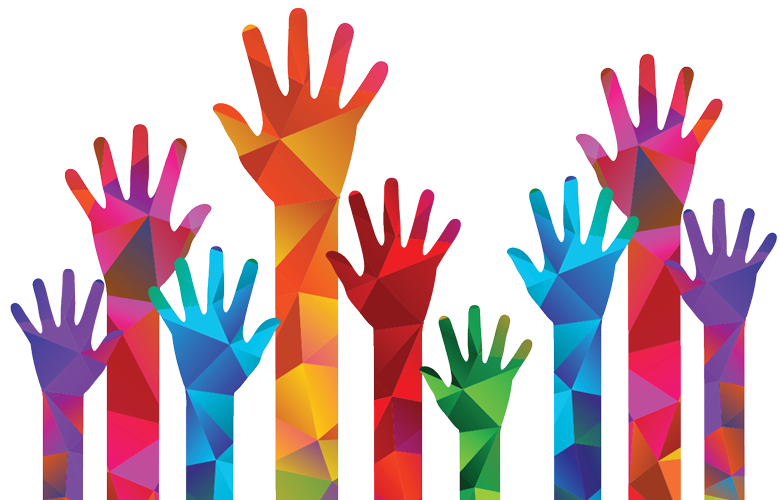
There is a justified urgency to accelerate progress in inclusive education around the world, and especially in developing regions such as Sub-Saharan Africa where much of my work centers. A disproportionate percentage of children with disabilities are not enrolled in school at all, and those who are often face segregated settings, a lack of materials and teachers, and inaccessible infrastructure.
In my current work of advancing inclusive education, I often recall my years as a beginning special educator in the 80s. I was hired just after the school system had closed a special education center in town and integrated all of the elementary-aged students into one public school—my new school. While this integration was not inclusion, as the six merged classes were still separate, it was a step in the right direction. My first class was a spirited group of 10 children, ranging from 7 to 11 years old. Despite the range in ages and disabilities, my students were learning, building self-esteem, and developing positive relationships. Yet, that wasn’t enough because those things were mostly happening only within my classroom.
Stigma
With so many new special education classrooms added to the school, there was a lot of hesitancy and curiosity from students, parents, and teachers alike. As students passed by my door and looked in, a few smiled, some whispered and pointed, and some would even leap by trying not to touch the floor in front of my door. During my first Open House, I noticed a mainstream student walking in to say hello to me. As she stepped into the classroom, her mother grabbed her arm and turned her around. I heard her mother say, “Don’t go in there. Everyone will think you’re in that class.” Stigma was a deep barrier.
Myths
One day, a teacher stopped by my room and asked, “What DO you DO in here all day long?” I was struck by the question but saw she was genuinely asking. I pointed to various materials and explained that we learned reading, math, and science and how to be good citizens just like in every other classroom in the school. I truly don’t think she realized that academic learning was happening with my students. I’m glad she felt comfortable enough to ask the question though, so I could help dispel the myth that children with disabilities can’t learn.
Progress
In time, I had opportunities with other teachers to co-teach science, social studies, and math. These experiences forwarded progress in inclusion on many fronts. They allowed diverse groups of students to learn together, to see and draw upon each other’s strengths and talents, and to build friendships in safe spaces. They also allowed all teachers to learn from each other, develop new skills, and identify and address together the demands of managing diverse academic and social needs in large class settings.
Most importantly, these early opportunities paved the way for further integration as hesitant teachers and parents saw students with disabilities learning and succeeding in the mainstream. By working first with those who were ready to engage, we encouraged those who were more uncertain or resistant. But what was most central to me was helping parents of children with disabilities feel welcomed into the school community and empowered by having their voices heard.
Looking Ahead
While the contexts of where I worked then and where I work now are vastly different, the barriers related to attitude, accessibility, and resources still remain relevant—especially in low-resource settings. To accomplish a “do no harm” transition leading to high-quality inclusive education, we need well-funded policies that provide the right training, skills, resources, and supports. And we need time to build the self-efficacy of teachers to believe that they can teach all children.
But paramount to advancing inclusive education—for teachers, parents, and even communities—is the belief that all children can learn.
| Susan Bruckner is a senior international technical advisor who provides technical and management support to EDC basic education and youth/workforce development projects. She focuses on early grade reading and numeracy, teacher professional development, inclusion, and social and emotional learning. |

Comments
Add new comment